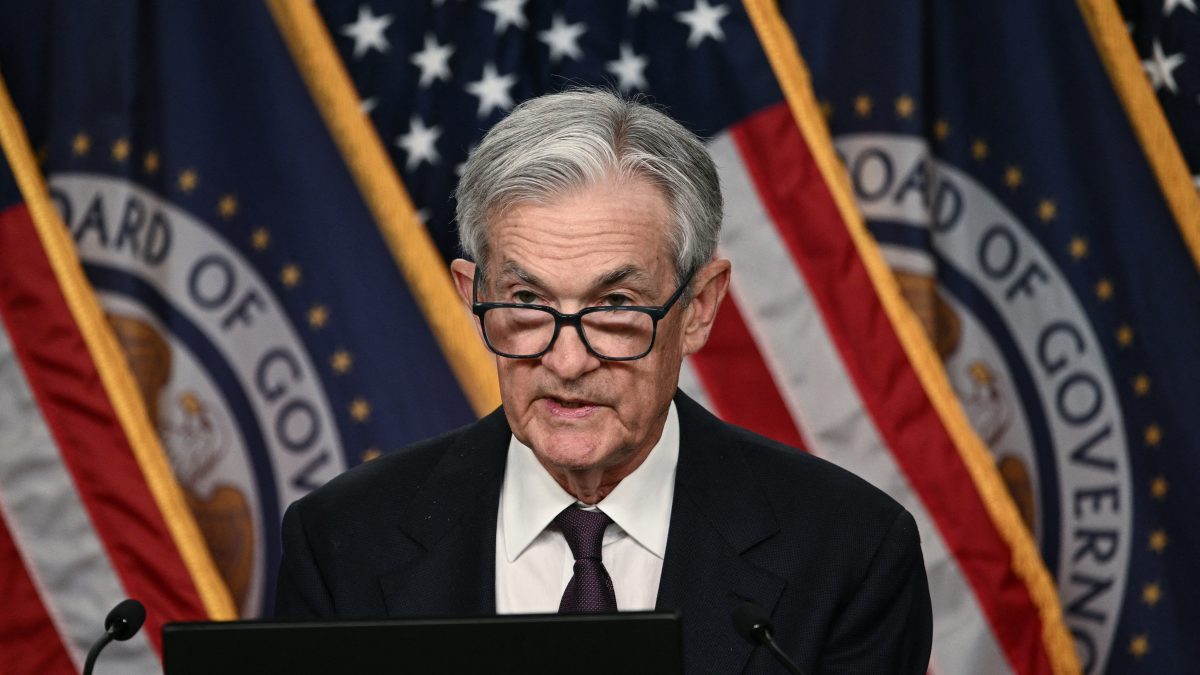Demonstrations in Los Angeles entered their fifth consecutive day on Tuesday as tensions mount over the Trump administration’s immigration crackdown.
The unrest has sparked a sharp federal response, raising legal and constitutional questions about the president’s authority in handling domestic protests.
Over the weekend, President Donald Trump condemned the demonstrators as “violent, insurrectionist mobs” and deployed the National Guard to the city, a move made over the objections of California Governor Gavin Newsom, a Democrat.
The decision to activate federal troops has drawn scrutiny from legal experts and lawmakers alike, who question how far Trump is willing to go to suppress protests sparked by immigration enforcement actions.
In an interview Sunday with ABC News, Trump was asked whether he was prepared to invoke the 1807 Insurrection Act, a law last used in 1992 during the Los Angeles riots.
“Depends on whether or not there is an insurrection,” Trump responded.
Pressed further on whether he believed an insurrection was taking place in Los Angeles, the president replied, “No, no. But you have violent people, and we are not going to let them get away with it.”
However, later that evening, Trump intensified his rhetoric on his Truth Social platform, describing the protesters as “violent, insurrectionist mobs” and “paid insurrectionists.”
Asked to clarify what he considers an insurrection, Trump told reporters, “You actually really just have to look at the site to see what’s happening.”
Impact Shorts
More Shorts“There were certain areas of Los Angeles, last night, you could have called it an insurrection, it was terrible. But these are paid insurrectionists. These are paid troublemakers. They get money,” CNN quoted Trump as saying, repeating a claim made without evidence by Homeland Security Secretary Kristi Noem on Monday.
Meanwhile, hundreds of US Marines were expected in Los Angeles on Tuesday after President Trump ordered their deployment.
The 700 elite troops will join around 4,000 National Guard soldiers, amping up the militarisation of the tense situation in the sprawling city, which is home to millions of foreign-born and Latino residents.
The small-scale and largely peaceful demonstrations - marred by sporadic but violent clashes between police and protesters - were entering their fifth day.
When questioned about the threshold for deploying active-duty military forces, Trump said, “The bar is what I think is.”
The ongoing protests and Trump’s response are expected to be a flashpoint in legal and political debates over executive power, states’ rights, and civil liberties in the days ahead.
What is Insurrection Act
The use of federal troops on US soil is generally restricted by law. Under the 1878 Posse Comitatus Act, the military is barred from participating in civilian law enforcement activities unless specifically approved by Congress or under conditions “expressly authorized by the Constitution.”
One notable exception to this restriction is the Insurrection Act, a 218-year-old statute signed into law by President Thomas Jefferson.
The Insurrection Act provides that: “Whenever there is an insurrection in any State against its government, the President may, upon the request of its legislature or of its governor if the legislature cannot be convened, call into Federal service such of the militia of the other States, in the number requested by that State, and use such of the armed forces, as he considers necessary to suppress the insurrection.”
Another section of the law allows for deployment “whenever the President considers that unlawful obstructions, combinations, or assemblages, or rebellion against the authority of the United States, make it impracticable to enforce the laws of the United States in any State by the ordinary course of judicial proceedings.”
Legal scholars have raised concerns that the Insurrection Act is overly broad and vaguely worded. Many have called for reforms to introduce clearer limitations and stronger checks on presidential authority when invoking the law.
According to the Brennan Center for Justice, the Insurrection Act has been invoked in response to 30 crises throughout US history. Notable instances include its use by Presidents Dwight D. Eisenhower and John F Kennedy to enforce school desegregation following the Supreme Court’s landmark decision in Brown v. Board of Education.
In most of these cases, federal troops were actually deployed. However, the Brennan Center notes that in a few instances, the mere order for deployment was enough to de-escalate the situation before troops arrived.
The most recent use of the Insurrection Act came in 1992, when President George HW Bush sent the National Guard to Los Angeles at the request of then-Governor Pete Wilson, after riots erupted over the acquittal of four white police officers involved in the beating of Rodney King.
Should former President Donald Trump move to invoke the Act again, it would likely be without the consent of California Governor Gavin Newsom — a scenario not seen since the 1960s, when President Lyndon B. Johnson used the Act to quell civil unrest during the civil rights era.
How Trump mobilised the National Guard
President Trump did not invoke the Insurrection Act when he ordered the deployment of the National Guard to Los Angeles.
Instead, he relied on Title 10 of the US Code, which grants the president authority to activate federal service members in cases where there “is a rebellion or danger of rebellion against the authority of the Government of the United States,” or when “the President is unable with the regular forces to execute the laws of the United States.”
In a presidential memorandum, Trump stated that the National Guard was being deployed to “temporarily protect ICE and other United States Government personnel who are performing Federal functions, including the enforcement of Federal law, and to protect Federal property, at locations where protests against these functions are occurring or are likely to occur based on current threat assessments and planned operations.”
With inputs from agencies


)

)
)
)
)
)
)
)
)



